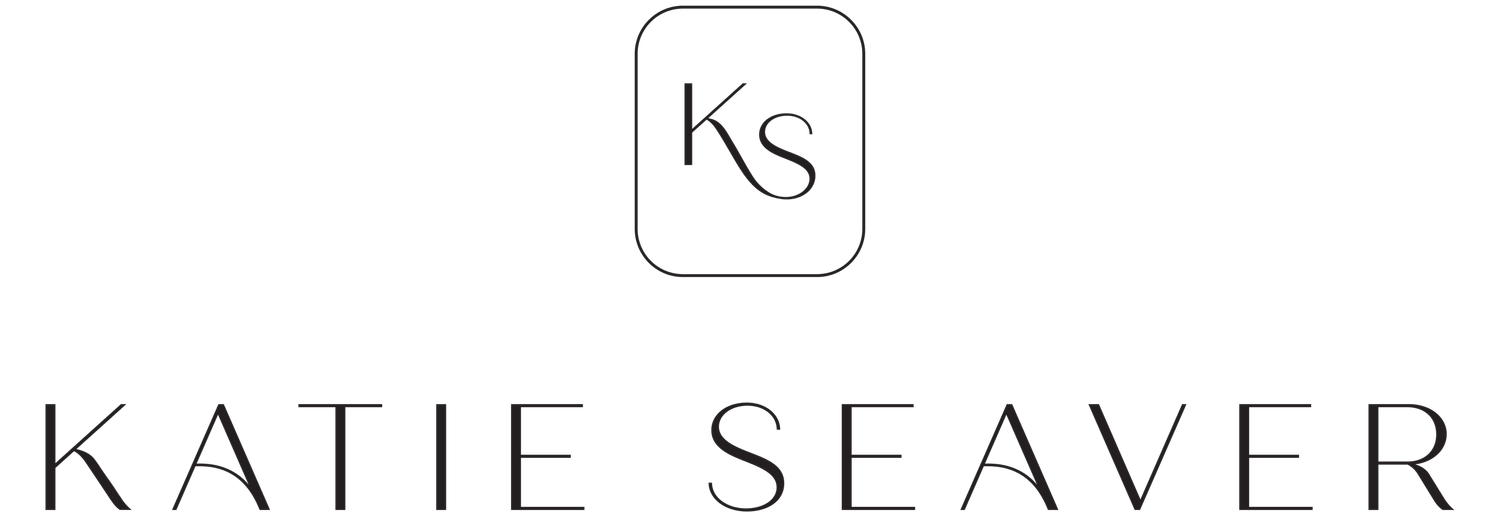Unplugging from technology + Technology Overuse Syndrome (TOS) (Which I made up, but is also real)
I’d like to name a condition. It’s not a new condition, but I’m not sure that it has an official name and I think it needs one. I’m calling it Technology Overuse Syndrome (TOS), and here are the symptoms that I’ve noticed in myself:
Never feeling like you have enough time, or like you never quite get to things that matter to you
Feeling at least a little emotionally tired, much of the time
Feeling low-level anxiety, much of the time
Wondering if your brain isn’t as sharp, or your focus isn’t as good, as it used to be
Having trouble focusing on a single task without doing some technological “checking” (of the news, email, social media, etc.)
There’s quite a lot of research suggesting that the constant use of technology is making Gen-Z/iGen teenagers the most stressed-out, anxious, and depressed generation yet.
I’m not sure why it would have that effect on teens and not have at least some effect on adults, too. Sure, adults are more fully formed, but so many people I talk to experience low-level anxiety and tiredness much of the time. It’s true that there are many causes — our jobs ask a lot of us, we have kids, we’re busy — but I also think that many, if not most, of us are suffering from TOS without realizing it.
The treatment for TOS, in my experience, is getting more intentional about your technology usage.
Becoming “more intentional” doesn’t mean that you can’t use technology for pleasure. It doesn’t mean that you can’t use technology to numb out when you’ve had a tiring day or you just need a break.
It just means that you don’t accept, blindly, the way that technology tends to suck you in. It means you ask questions like, “Does this serve me?” and “What am I wanting this particular technology usage to give me?” and “Am I avoiding something?” It means that you, gently and gradually, adjust your technology usage so that you maximize the benefits while reducing the downsides.
On a personal level, I’ve been shocked by how much getting more intentional about my technology usage — not perfect, just more intentional — has improved my focus, given me more time, and, more importantly, reduced that low-level fatigue and anxiety.
I’ve also found it to be a remarkably useful intervention with my clients. Getting more intentional about technology gives them more time, emotional resilience and energy, and clarity about what they want and how to move forward — no matter what our coaching topic is. And, shockingly, there are very few downsides (the only one is that you may have to become aware of challenging feelings that were under the surface — but this is a pretty common side effect of coaching, more generally.)
So, this weekend, I wanted to say: Do you experience the symptoms of TOS? Are there any other symptoms that I haven’t identified? (If so, hit reply on this email and let me know! Or leave a comment!)
And, of course, if you’re experiencing the symptoms, what could be one, small step towards doing something about it? Here’s a couple of ideas:
Today, each time before you check your email or Instagram, write down: What am I hoping that this will do? (Entertain you? Numb you? Distract you from your stress or fatigue?)
Afterwards, write down: Did this do what I hoped it would do? Somehow writing it down draws your attention to it in a different day and forces you to be more honest about what’s serving you and what isn’t.
Just once today, when you’re about to check Facebook or your favorite news site…don’t. Lie on the floor or sit in a chair and look out the window or go outside for 90 seconds. Do you feel bored? Notice what feelings are in your body. Notice what you’re truly needing in this moment.
Or, if you’re in LA, join my 6-week Tech With Intention group! Starts Feb 6 :)
As always, you’ve got this. I’m rooting for you.
Katie
If this essay resonated with you, you'll love my newsletter. Sign up for free + get new ideas every Sunday!

